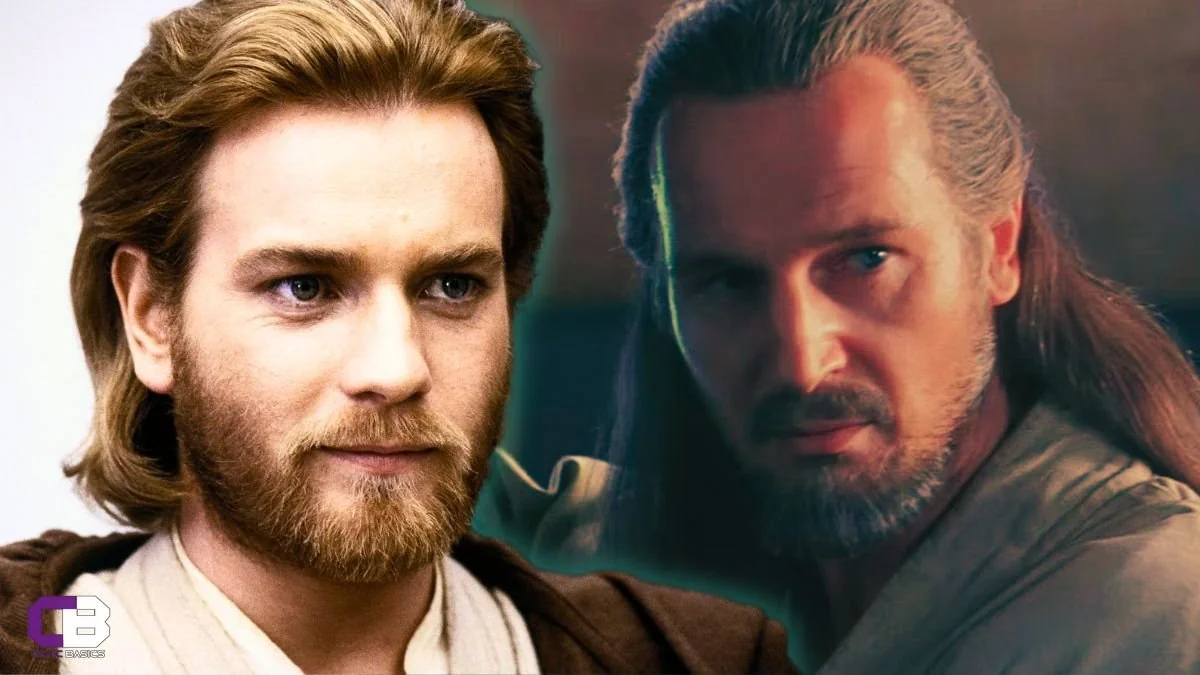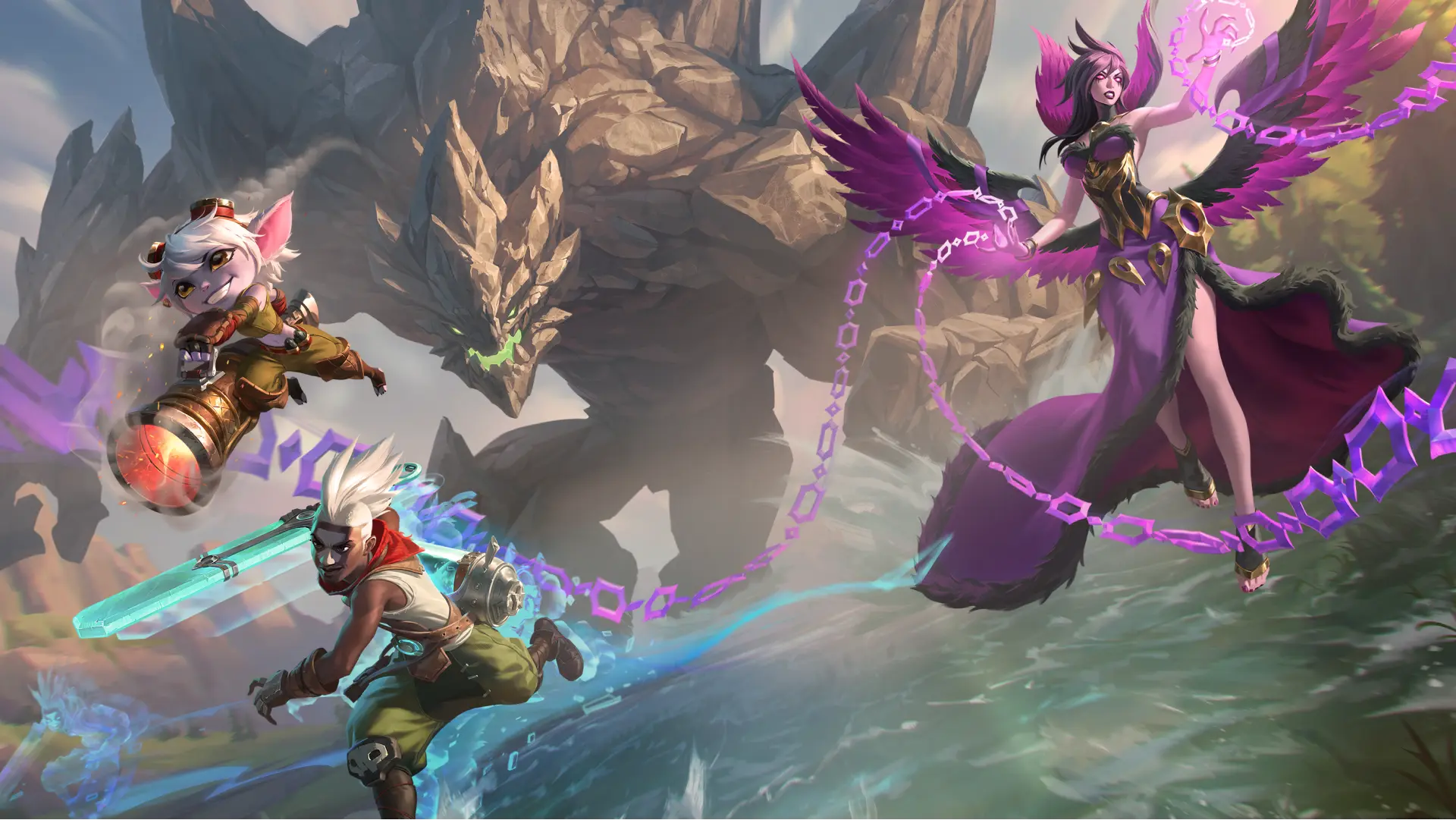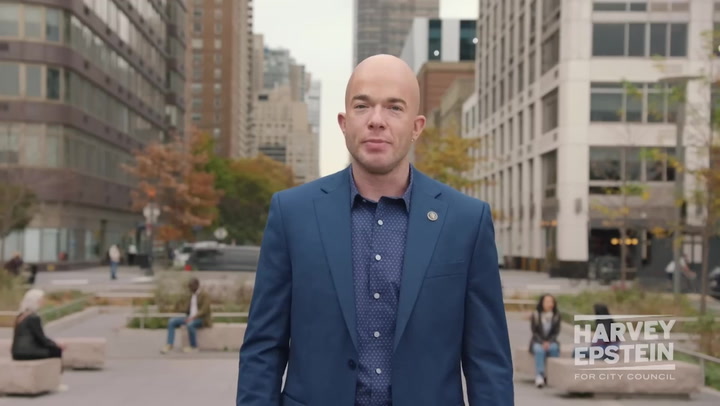
The Intriguing Backstory of a Name Swap
The Star Wars saga has a rich history filled with characters that have left a significant impact on the franchise. One of the most intriguing stories involves a last-minute name swap between two key characters in Star Wars: The Phantom Menace, Qui-Gon Jinn and Obi-Wan Kenobi. Originally, these characters were meant to have their names swapped, leading to profound implications for their character arcs. This revelation sheds new light on not just these characters, but also the entire Star Wars narrative.
The change was revealed by concept and storyboard artist Iain McCaig during an interview celebrating the 25th anniversary of The Phantom Menace. McCaig disclosed that the older Jedi was initially named Obi-Wan, while the younger Jedi bore the name Qui-Gon. This switch underscores a poignant narrative trajectory that would have unfolded if it had remained intact, enhancing the richness of the storyline.
The Significance of the Switch
McCaig highlighted the weight of this name switch by explaining how it altered the relationship between the characters. In the original concept, Qui-Gon's death at the hands of Darth Maul would not only signify a tragedy for Obi-Wan but would also lead to a deeper identity transformation. When Obi-Wan took on Qui-Gon’s name, it would have symbolized that he not only embraced his master’s teachings but also his spirit. This dramatic moment would have provided a profound level of depth to Obi-Wan's character development throughout the series.
Moreover, re-examining Alec Guinness's legendary scene in A New Hope takes on a new meaning against this backdrop. The moment when Guinness's character recognizes the name Obi-Wan and reflects on it as one 'not heard in a long time' adds an enriching narrative layer. If Obi-Wan's true identity were once Qui-Gon, it invokes specific implications about how characters evolve over time.
Creating Iconic Characters: Behind the Scenes
In addition to the name swap, McCaig's interview detailed the creative process behind other integral components of The Phantom Menace, including the design of Darth Maul. McCaig recounted a humorous encounter with George Lucas, who introduced Darth Maul to the team with simply, 'Darth Maul, he’s our new Sith Lord.' This brief introduction left the artist with little context about the character's gender or species and sparked a wave of creativity as McCaig worked to bring this formidable villain to life.
These anecdotes showcase the fascinating development process that culminated in creating the beloved characters and intricate plot lines of the Star Wars universe. The collaborative synergy among artists, writers, and directors under George Lucas's leadership is what ultimately shaped the saga into the global phenomenon it is today.
Conclusion: The Impact of Character Development
The legacies of Qui-Gon Jinn and Obi-Wan Kenobi extend beyond their names; they reflect the themes of mentorship, loss, and personal growth. Their dynamic is pivotal to understanding the larger narrative arcs within the Star Wars saga. Imagine how differently their stories would resonate if their identities had remained switched.
This revelation highlights how minor details, such as a name change, can have significant ramifications in storytelling. As Star Wars continues to evolve with new content, exploring these foundational elements will enhance our understanding and appreciation for the characters we love.
Reflecting on The Phantom Menace on its 25th anniversary, it's essential to recognize the creative decisions that paved the way for iconic films and beloved narratives that continue to captivate audiences around the world.




.webp)

